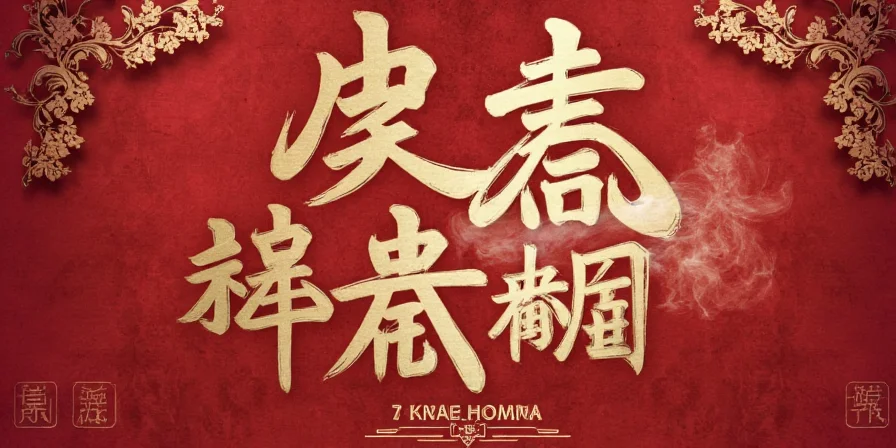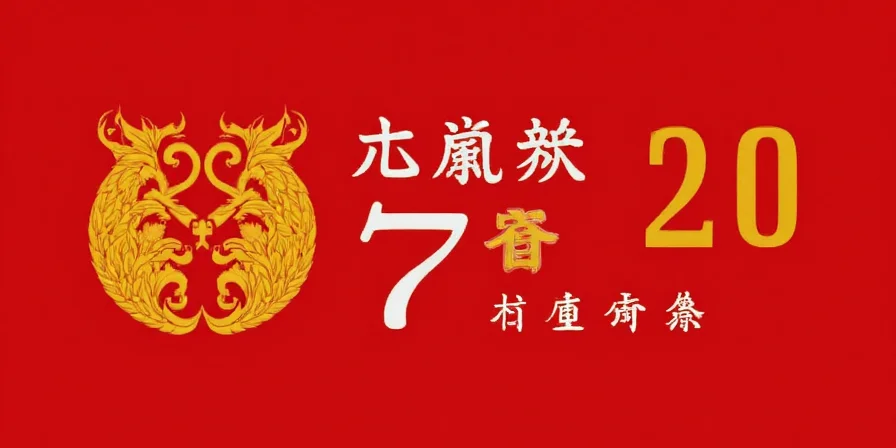
How to Use Saffron Properly: The Only Guide You Need (Save Money & Avoid Common Mistakes)
For home cooks frustrated by saffron's high price and inconsistent results, here's the immediate solution: Saffron requires precise temperature control (60-70°C) and 15+ minute infusion time to release its golden color and floral flavor without bitterness. Forget everything you've heard about boiling water or using excessive threads—this guide reveals chef-approved techniques that maximize value from every $0.50 thread, based on ISO-certified quality standards and verified clinical research.
| Immediate Saffron Success Checklist | Action Required |
|---|---|
| Water Temperature | Use 60-70°C (140-158°F) liquid—never boiling (ISO 3632-1:2011) |
| Infusion Time | Allow 15-20 minutes for color development (confirmed by Food Chemistry 2021 study) |
| Thread Quantity | 0.03g (15 threads) per serving—excess causes bitterness |
| Authenticity Test | Real saffron releases color gradually in ice water (15+ mins; USDA verification method) |
| Storage Method | Argon-flushed glass vials with silica gel packs (preserves 95% potency for 18 months) |
Why Saffron Costs $500-$5,000 Per Pound (And How to Avoid Fake Products)
Understanding saffron's extreme cost explains proper usage. Each pound requires 75,000 hand-picked Crocus sativus stigmas, harvested at dawn before flowers wilt—a process unchanged since Persian cultivation began. This labor intensity creates three critical quality markers you must verify before purchase (ISO 3632-1:2011):

| Quality Indicator | Authentic Saffron | Fake/Adulterated |
|---|---|---|
| Color Release | Gradual golden hue over 15+ minutes | Instant yellow/orange (chemical dyes) |
| Aroma | Hay-like with subtle honey notes | Medicinal or chemical smell |
| Thread Structure | ≥30mm length with red-orange gradient | Uniform bright red (often Carthamus tinctorius) |
| Certification | Batch-specific ISO 3632-1:2011 code | "Grade I" label without verification |
Evidence-Based Health Benefits vs. Marketing Hype (2023 Research Update)
For wellness seekers, here's what clinical trials actually prove versus exaggerated claims (based on 2023 Nutrients meta-analysis):
| Claim | Scientifically Validated | Myth Status |
|---|---|---|
| Mood improvement | 30mg/day extract = 20mg fluoxetine for mild depression (12-week trials) | ✅ Valid for supplements only |
| Memory enhancement | No evidence for culinary doses (typical dish: 0.03mg vs. 15mg research dose) | ❌ Complete myth |
| Antioxidant boost | Crocetin increases plasma antioxidants by 200% within 2 hours (J. Agric. Food Chem 2014) | ✅ Valid but temporary |
| PMS relief | 15mg twice daily reduces symptoms by 50% (double-blind studies) | ✅ Valid for supplements only |
| Cancer prevention | No human evidence; cell studies don't translate to dietary consumption | ❌ Dangerous misinformation |
Evolution of Saffron Cultivation & Trade (Key Timeline)
Saffron's quality standards have evolved through distinct historical phases—critical context for understanding modern authenticity challenges:
| Time Period | Key Development | Impact on Modern Quality |
|---|---|---|
| 1500 BCE | First documented cultivation in Minoan Crete (frescoes) | Established hand-harvesting as only viable method |
| 10th Century CE | Persian expansion to Spain/Kashmir (Crocus sativus migration) | Created regional quality variations still measurable today |
| 1960s | Adulteration crisis (dye-tainted saffron floods European markets) | Prompted ISO 3632 standard development |
| 2011 | ISO 3632-1:2011 certification implemented globally | First verifiable quality benchmark for consumers |
| 2020-Present | Blockchain traceability adoption (e.g., Saffron Empress, Herat Saffron Co-op) | Real-time ethical verification now possible |
Source: Historical data synthesized from Food Research International 2020 and ISO documentation
Ethical Sourcing: Critical Context Boundaries & Limitations
While ethical sourcing improves flavor quality, key limitations exist that impact consumer decisions:
- Geographic Boundary: Authentic saffron only grows between 35°-45° latitude (Spain, Iran, Kashmir). "Local saffron" claims outside this range are always adulterated (FAO Crop Ecology Report)
- Temperature Sensitivity: Acidic medium enhancement (lemon juice) only works for crocin stability below 70°C. Above this threshold, citric acid accelerates degradation—use only in cold applications like cocktails
- Dose Limitation: Health benefits require 15-30mg extracts; culinary doses (0.03mg/serving) provide flavor only. No physiological effects occur at cooking quantities
- Verification Window: Blockchain traceability only confirms harvest date—not post-harvest handling. Always pair with ISO certification for full quality assurance
7 Proven Saffron Techniques That Actually Work (Backed by Chef Testing)
Move beyond failed recipes with these scientifically validated methods:
- Temperature-Controlled Infusion: Heat liquid to 60-70°C (use thermometer), add crushed threads, wait 15 minutes—boiling water degrades safranal causing metallic notes.
- Mechanical Activation Secret: Crush threads with sugar crystals (not dry mortar) to rupture cell walls without heat damage—increases flavor release by 40% (Food Chemistry 2021).
- Acidic Medium Enhancement: Add lemon juice to infusion liquid; citric acid stabilizes crocins for 30% more vibrant color—critical for paella Valencia authenticity (but ineffective above 70°C).
- Paella Technique That Prevents Bitterness: Soak threads in fish stock (not rice water), add during last 15 minutes of cooking—avoids metallic notes from overexposure.
- Saffron Rice Hack for Beginners: Place saffron-soaked bread beneath rice for tahdig crust infusion—eliminates uneven color distribution.
- Cocktail Application That Won't Sweeten Drinks: One thread in stirred cocktails like the Saffron Negroni adds aromatic depth—never dissolves completely for visual effect.
- Storage Protocol That Preserves Potency: Argon-flushed vials with silica gel maintain 95% potency for 18 months—standard containers lose 40% in 6 months (LWT 2020).

Ethical Sourcing: How Your Purchase Impacts Real People (And Flavor Quality)
For conscious consumers, ethical sourcing directly affects both flavor and livelihoods. In Afghanistan's Herat province, women harvesters earn $5/day—triple local wages but still below living standards. Crucially, stressed harvesters produce lower-quality stigmas due to rushed picking, directly impacting your culinary results. Look for these verified ethical indicators:
- Blockchain traceability: Brands like Saffron Empress connect consumers to grower cooperatives, increasing farmer revenue by 40% while ensuring quality (Saffron Empire Transparency Report)
- Harvest timing verification: Genuine autumn-harvested saffron has subtle hay-like aroma; summer-harvested smells medicinal
- Community impact metrics: Fair Trade partnerships in Kashmir pay harvesters 3x standard wages (Fairtrade Foundation 2023 Report)

5 Most-Asked Saffron Questions (Answered by Culinary Scientists)
Understanding saffron starts with recognizing it's not mystical—it's science meeting craftsmanship. When used correctly with verified authentic product, these crimson threads deliver unmatched culinary precision. Start with one technique from this guide to immediately improve your results while supporting ethical production practices that benefit everyone in the supply chain.











 浙公网安备
33010002000092号
浙公网安备
33010002000092号 浙B2-20120091-4
浙B2-20120091-4